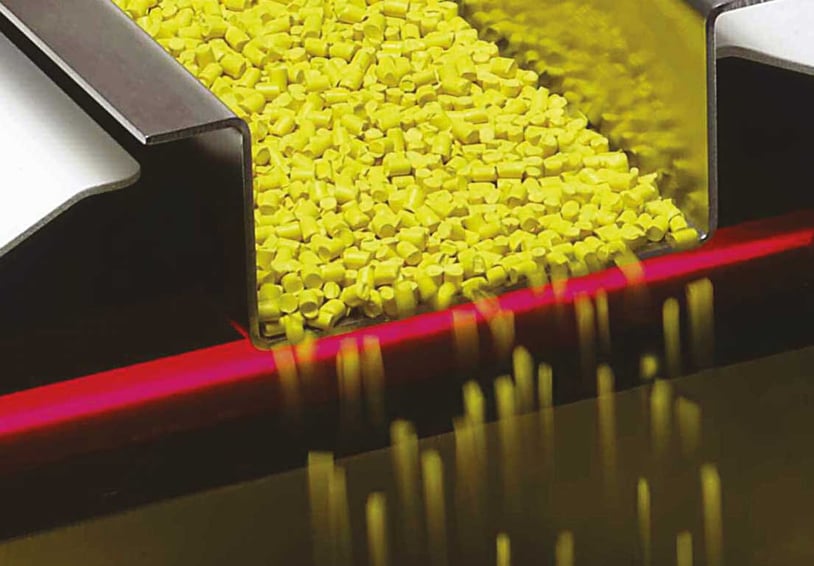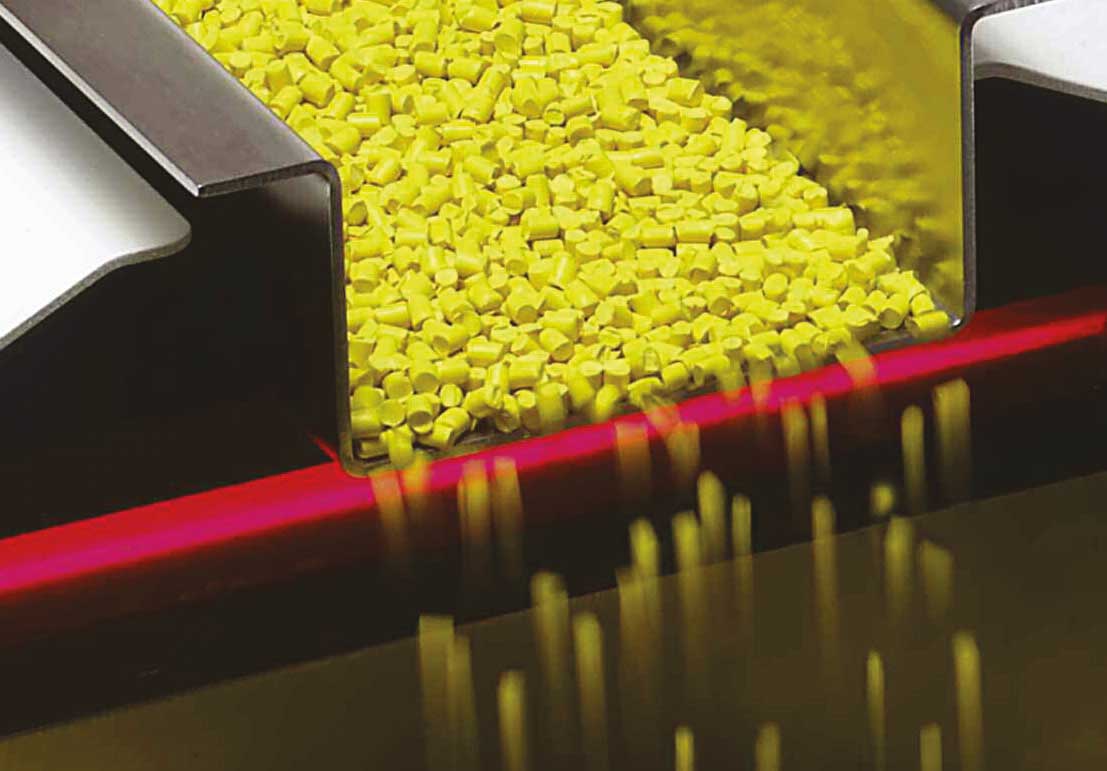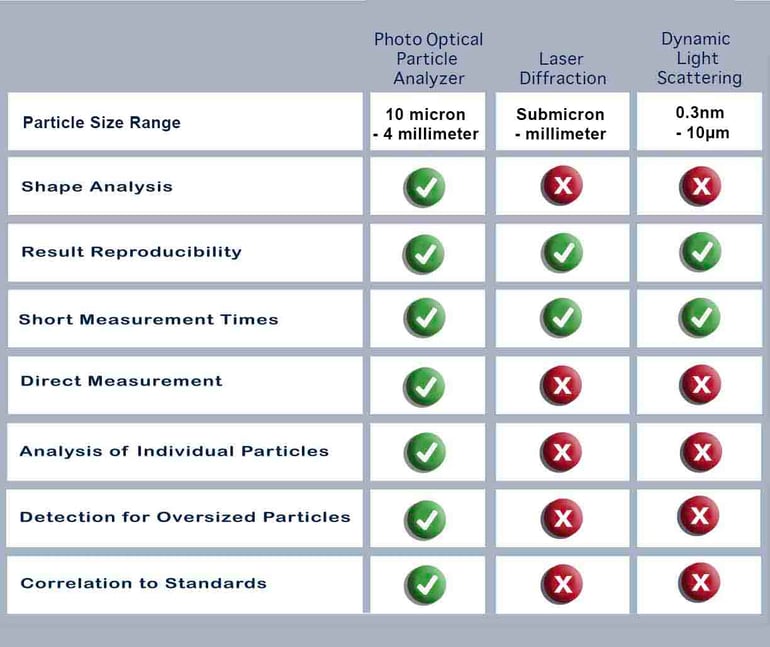Laser Diffraction VS Light Scattering VS Photo-Optical Analyzing
Test sieves are one of the oldest particle tools that is out there. We have been manufacturing them for over 140 years and they are still one of most popular products.
As technology changes, technicians and lab managers are looking for new ways of verifying particle size that is either more advanced or more efficient. It is important that we keep up with and stay experts on those advances, even if they aren’t something that we can offer from our products.
Our most advanced type of particle analysis equipment is our Computer Particle Analyzer or CPA. Our CPA uses photo-optical technology to determine the size and shape of particles.
We know that this isn’t the only type of technology out there that does this. Laser Diffraction and Dynamic Light Scattering are two other types of technologies that could be compared to our CPA for analyzing particles.
We wrote this article to dive into all three technologies in terms of benefits, draw backs and features of each technology. We hope that after reading this article you are able to make a better decision as to which type of technology fits your needs at your own company.
Laser Diffraction
Laser diffraction is a technique to measure the size of particles, typically for materials ranging from hundreds of nanometers up to several millimeters in size. The particle size is determined from the measured variation in the intensity of scattered light as a function of the scattering angle.
To put it simply, the laser hits each particle, and the light is then scattered. Large particles scatter light at small angles, while small particles scatter light at large angles.
This data is analyzed and calculated to determine the size of the particles.
Benefits
Laser diffraction has a wide measuring range, from submicron to millimeter size.
Laser diffraction is also very quick in yielding results. The average test can be completed in under 60 seconds.
A large number of particles are also sampled in each measurement, which gives laser diffraction a high range of repeatability. Both of these capabilities allow users to perform hundreds of measurements a day without concern.
Laser diffraction can also be utilized for measuring materials in many different physical forms. It can be used for testing fine powders, suspensions, emulsions, pastes, and creams.
Drawbacks
Recently the validity of laser diffraction has been in question. One of the big issues is that the algorithms used in laser diffraction have not been thoroughly validated. Different algorithms are used to make the data better match the desired results.
Laser diffraction also has a difficult time with sharp edges, and particles that are non-spherical. These non-spherical particles cause more diffused scatter patterns and are difficult to accurately interpret.
Laser diffraction can actually “detect” particles that are not even present, due to the large laser angles.
While laser diffraction can measure size, it is also important to note that it cannot analyze the shape of the particle.
Dynamic Light Scattering
Dynamic Light Scattering is another option for particle sizing. This method is used to measure particles from 0.3 nm – 10 µm* (particle diameter).
A laser is shot through a polarizer towards the sample material which is presented in a solvent. The scattered light then goes through a second polarizer where it is collected by a photomultiplier and correlated to determine the size.
This correlation is according to the Brownian method, which is the random motion of particles suspended in a fluid (a liquid or a gas) resulting from their collision with the fast-moving molecules in the fluid.
Basically, the particle size is determined by how fast the particles are moving in random directions, that speed is then correlated to its hydrodynamic diameter (the size of a hypothetical hard sphere that diffuses in the same fashion as that of the particle being measured).
Benefits
Dynamic light scattering is used to characterize the size of various particles including proteins, polymers, micelles, vesicles, carbohydrates, nanoparticles, biological cells and gels. It allows you to determine the size of sub-nanometer particles. DLS also allows for repeatable results because of the soft handling of the test material.
Drawbacks
If there is a large variance in the size distribution, smaller particles can be hidden and not get measured. Samples must be a pure as possible without contaminants to skew the results.
It’s also relying on equations and algorithms to determine the shape of the particle which may not be as reliable as photos and direct analysis.
Photo Optical Particle Analyzer
A Photo-Optical Particle Analyzer is an instrument that uses a high-resolution camera to determine the size and shape of particles.
There are two kinds of cameras that are used: Line Scan cameras and Matrix cameras.
The W.S. Tyler CPA uses a Line-Scan Camera. It’s a single line of pixels that captures the image of falling material as it passes through an LED lighting array, capturing the shadow projections.

Benefits
When it comes to a photo-optical particle analyzer, like a CPA. Speed, accuracy, and reproducible results are always number one when it comes to the benefit.
The average amount of time that it takes to run a sample on a CPA is around 3 minutes.
Another benefit to a CPA is that the particles are not only sized but the shape and count are also determined while running a test.
While many CPA units are used in labs, there’s also many accessories that can be added to what we call “in-line” testing. This allows the CPA to be integrated into the processes in place.
Drawbacks
These machines can only be used with dry, free-flowing material. The material is falling past the lighting array and being measured by shadow projection and if the material agglomerates it will give a false reading.
Matrix cameras take single photos at set intervals so they only capture a small percentage of the entire sample, rather than our line scan cameras that are catching every particle.
The last drawback of a Photo-Optical Particle Analyzer is the size range. The limit that the CPA faces is measuring range of the particles: 10 micron - 4 millimeter. This will only be a negative to you if you are looking for a technology that can analyze nanoparticles.
To Sum It All Up
When it comes to choosing the right particle analysis process for you, it is important to remember that your process and your needs will dictate which type of technology suits you best.
Each of the three types that we covered in this article will analyze particles, but the type of data, speed, and detail you get from each are different.
If particle shape is extremely important to you and you are also working with free-flowing particles, the W.S. Tyler CPA may be the best option for you.
On the other hand, if you are working with a very large amount of particles at a time and need results quickly, maybe laser diffraction is the right solution for your business.
Regardless of which technology you think may be right for you, if you have questions or need more info, contact our experts and we would love to chat.
Want all the latest industry trends and innovations sent directly to your inbox? Subscribe to our monthly newsletters today!
About Sam Badger
Sam has been a part of the W.S. Tyler family for three years and is currently a sales manager, overseeing our fabricated parts and customized filters. To help deliver best-in-class solutions, Sam works to bridge the gap between customers, both new and existing, and our engineering team. Additionally, Sam provides on-site servicing of the ALPINE Air Jet Sieve e200 LS, striving to learn your particle analysis operation to resolve any issues you encounter and ensure your equipment continues to produce accurate and repeatable results.




